The following blog has been written by Andrea Gibbs, a blog contributer from Baby Steps Preschool in Queens, NY.
The Magic of Teaching Art to Kids: Bringing Out Their Inner Artist
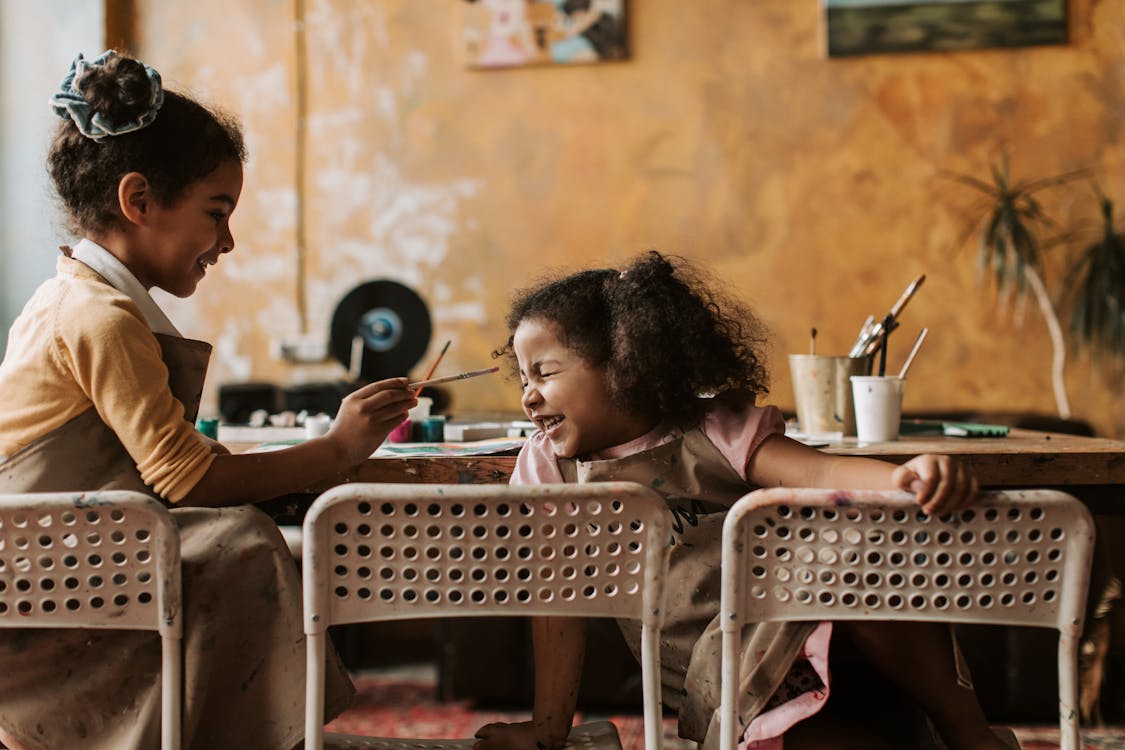
As a mom who loved art, I always knew I wanted to share that passion with my children. So, from an early age, I encouraged them to create and explore their imaginations through various art projects. As they grew older, I realized that teaching kids art was a fun pastime and a valuable way to enhance their cognitive and social development. Art allows children to learn how to think critically and communicate their ideas effectively. Although it's incredibly rewarding, it can also be challenging at times. Children will tend to lose focus, be distracted, and not give the subject the attention it deserves. However, with a little creativity and a fresh approach, it can be both exciting and fun for all involved. With that in mind, I have provided some easy methods and guidelines to help beginner parents understand the basics of teaching art to kids.
Benefits of Teaching Art to Kids
First, I would like to share the benefits my child has gained from our art lessons. And I think you will agree with me that the benefits are tremendous. As a parent and an artist, I have taken on the responsibility of my child's art education. Here are just some of the benefits my son receives from me passing on this passion to him.
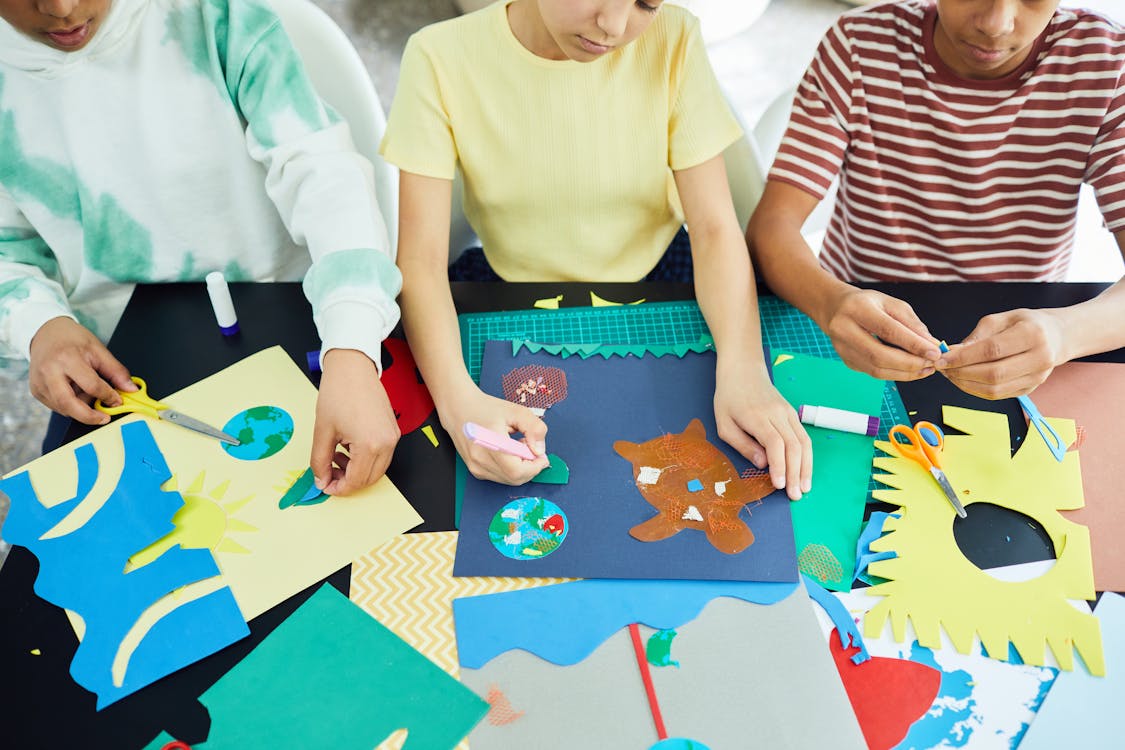
- Improves Creativity
When my child starts to draw a figure, he also starts to use his imagination. With the act of creating and forcing him to think outside of the box, he gradually becomes more creative. Many times I'll see a spark of imagination that wasn't there before. I am able to help him think differently and figure out new ways to solve problems when he draws. This is a huge benefit for my son because it enables him to be more open-minded when solving various tasks that might come up in life in the future.
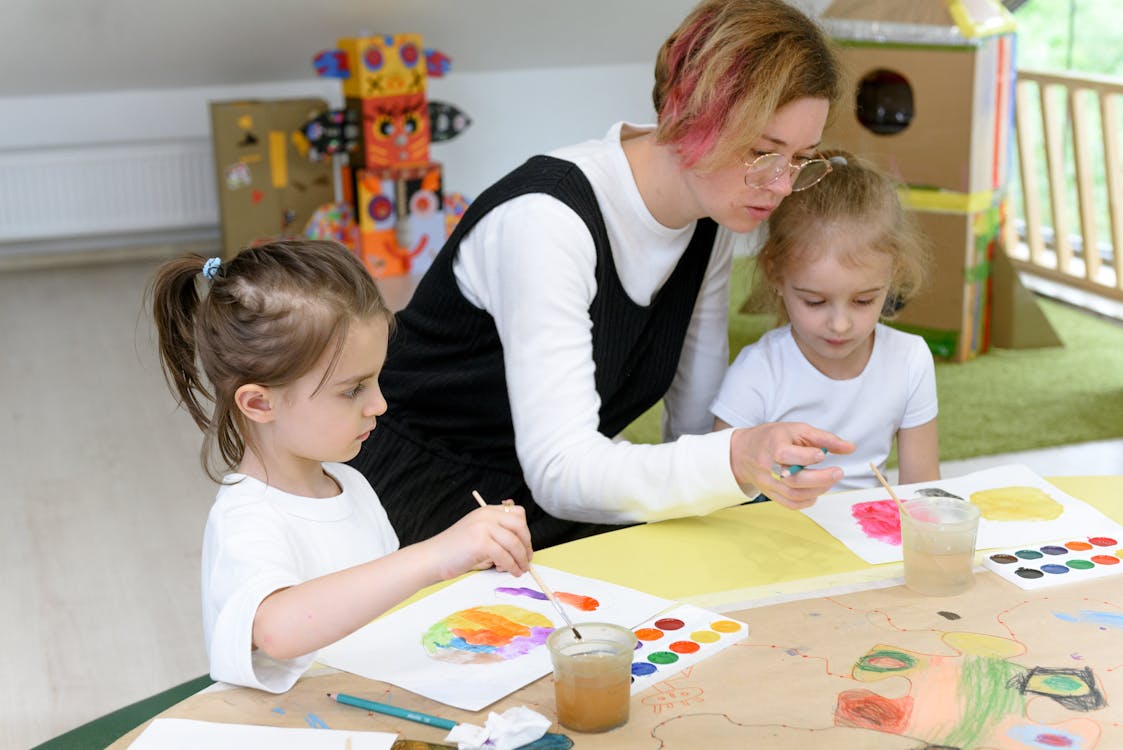
- Develops Fine Motor Skills
As soon as my child shows interest in using a crayon, I make it a point to help him learn how to grasp the crayon correctly. Once he got a sense of it, I gave him several art supplies, such as paper, glue, markers, and paint, and allowed him to create. As a result of my involvement, my son slowly starts to develop his fine motor skills. And I know that this skill is important because it will aid him in the future with things like drawing, writing, sewing, cooking, and other activities requiring fine motor skills.
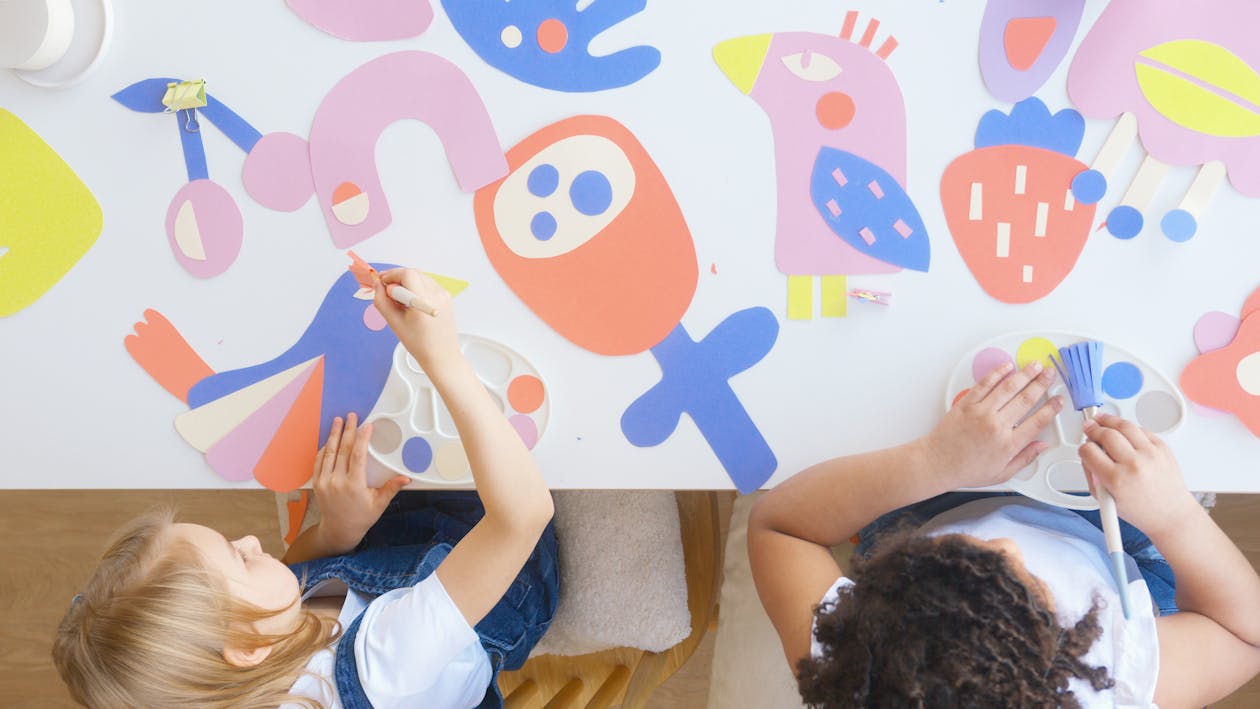
- Enhances Critical Thinking Abilities
When my child has a clear idea of what he wants to do with an art project or application, I encourage him to find out how he can achieve his idea. He is constantly making decisions about colors, shapes, and sizes. He is learning to analyze and evaluate his work, an essential skill that will benefit him in school and beyond.
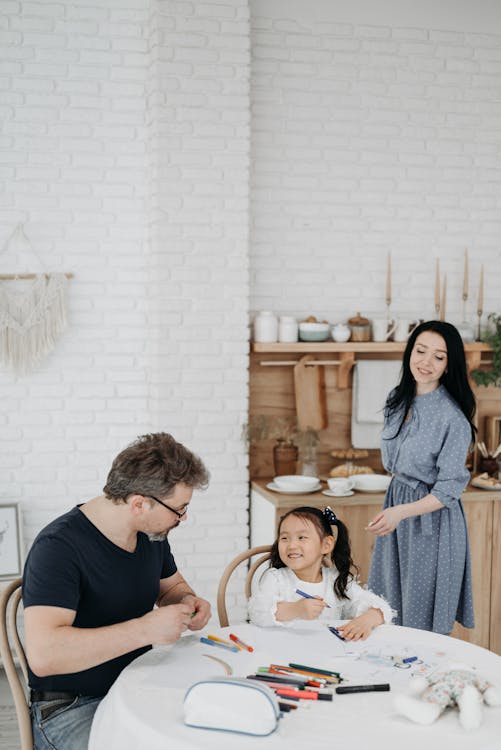
- Promotes Self-Expression
Art allows my child to express himself without the limitations of language. He can communicate his emotions, thoughts, and ideas through his artwork. This gives him a sense of empowerment and control over his own self-expression, which can help boost his self-esteem and confidence.
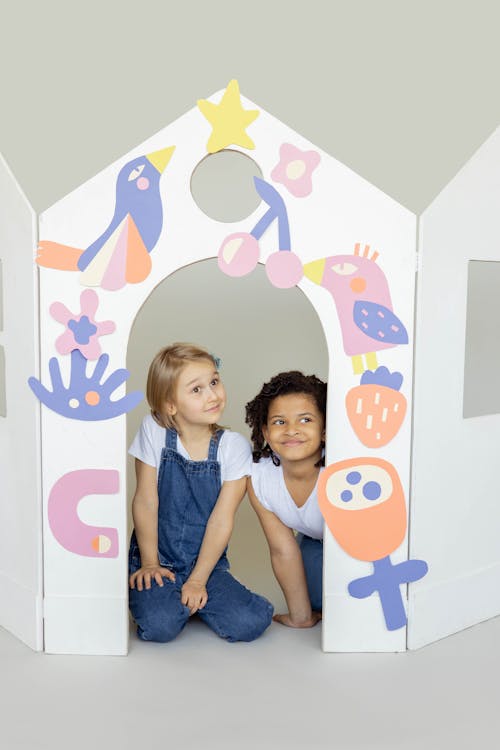
- Boosts Confidence
As my child becomes more proficient in his art skills, he gains a sense of pride and accomplishment. He can see the progress he has made over time, which boosts my child's confidence in his abilities. This can translate into other areas of his life, such as academics or sports, where he may have previously lacked confidence.
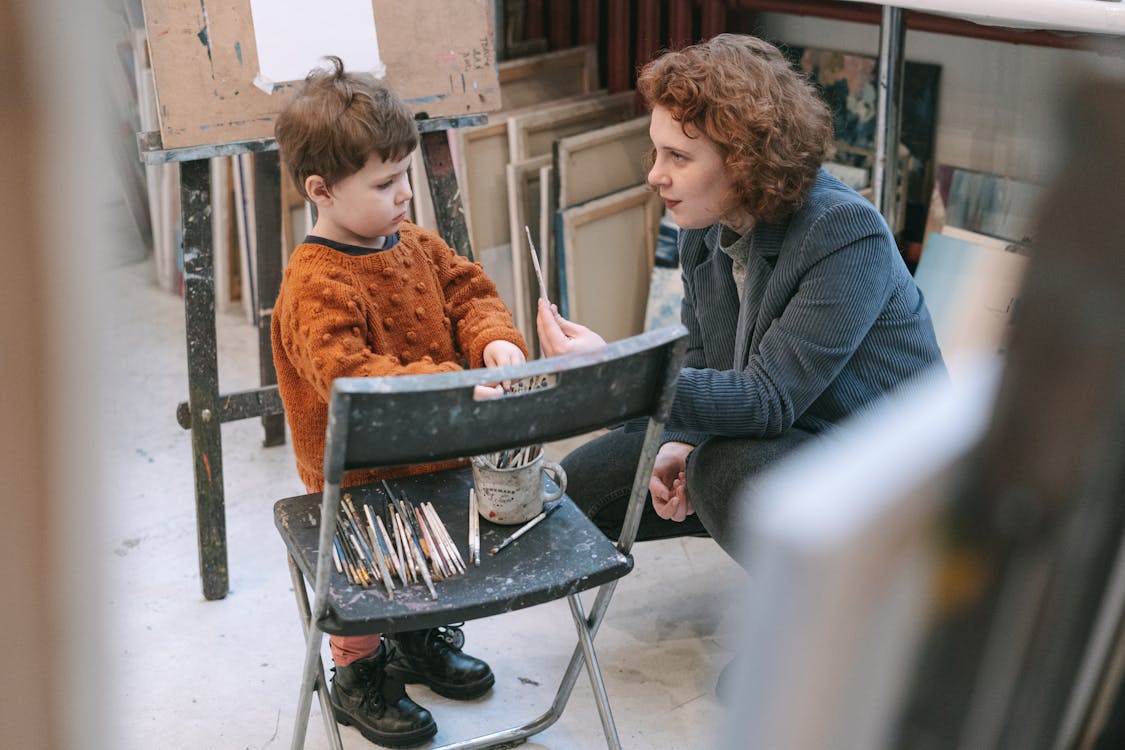
- Increases Cultural Awareness
Art is a universal language, and by exposing my child to different styles and techniques, I am also exposing him to different cultures and ways of life. This can help broaden his perspective and increase his understanding and appreciation of diversity.
Approaches to Teaching Art to Kids
As a parent or educator, it can be challenging to know how to approach teaching art to kids. Fortunately, you can use several effective strategies to help your child or students develop their artistic skills and creativity. Here are some approaches that I have found helpful when working with my son:
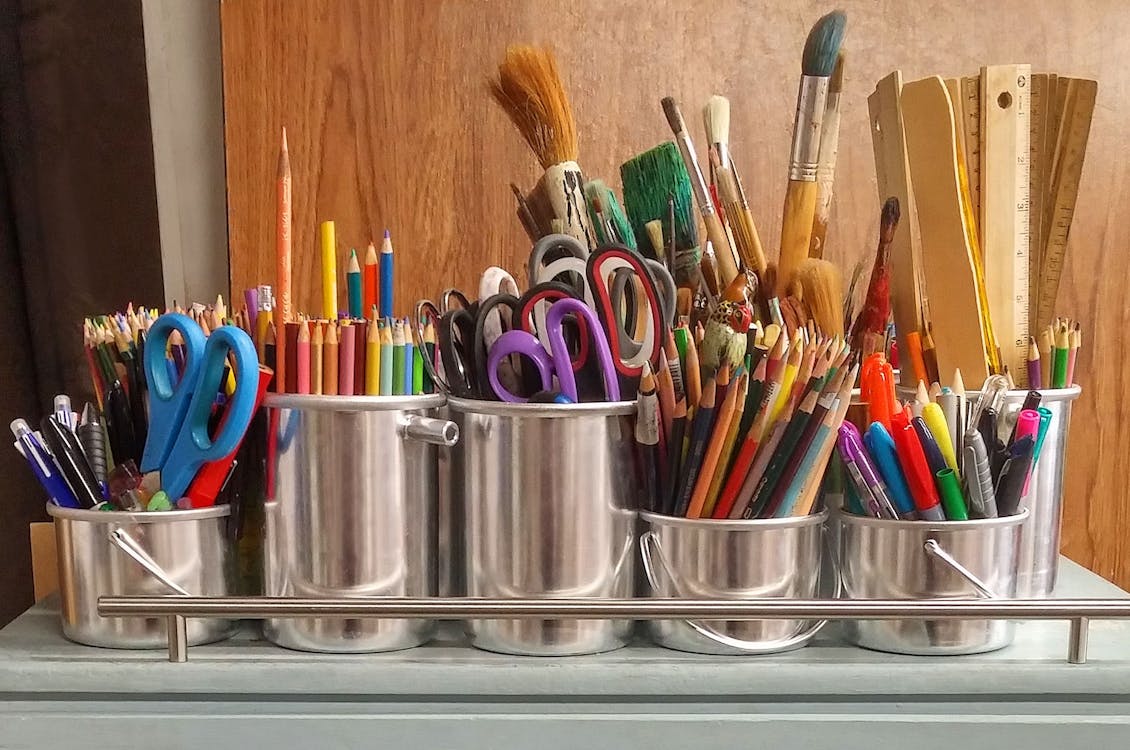
1. Encouraging Experimentation and Exploration
One of the best ways to help kids learn about art is to allow them to experiment and explore different materials and techniques. Provide a variety of art supplies such as:
- Crayons
- Markers
- Paint
- Clay
- Collage Materials
Then encourage your child to try out different combinations and techniques. For example, my son loves to experiment with watercolors and salt. He enjoys sprinkling salt on the wet paint to create interesting textures and patterns. By allowing him to explore and experiment, he has familiarized himself with techniques that he can use to express himself creatively.
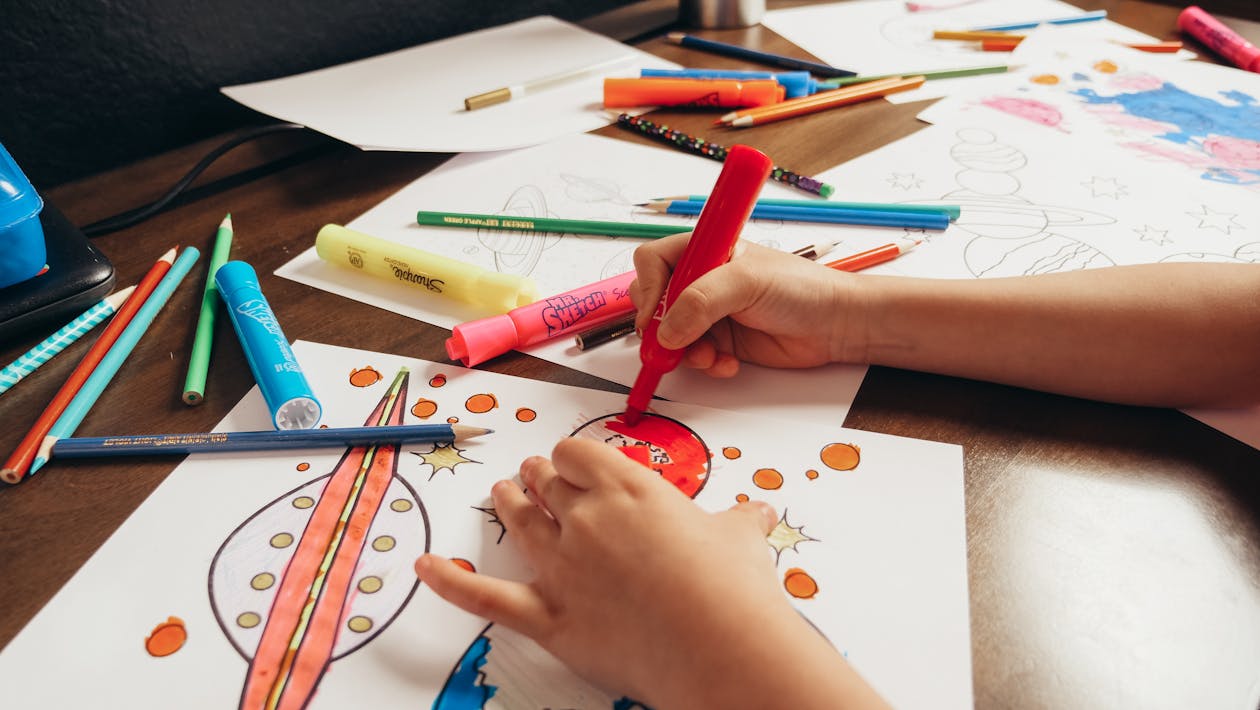
2. Providing Opportunities for Self-Expression and Creativity
Art is a powerful tool for self-expression, and it's important to provide opportunities for kids to create art that reflects their unique personalities and interests. Encourage your child to express their ideas and feelings through their artwork, and avoid placing too many restrictions or expectations on what they create. For instance, my son loves to draw pictures of animals and nature scenes. I encourage him to add creative touches to his drawings, such as adding imaginary creatures or unusual colors.
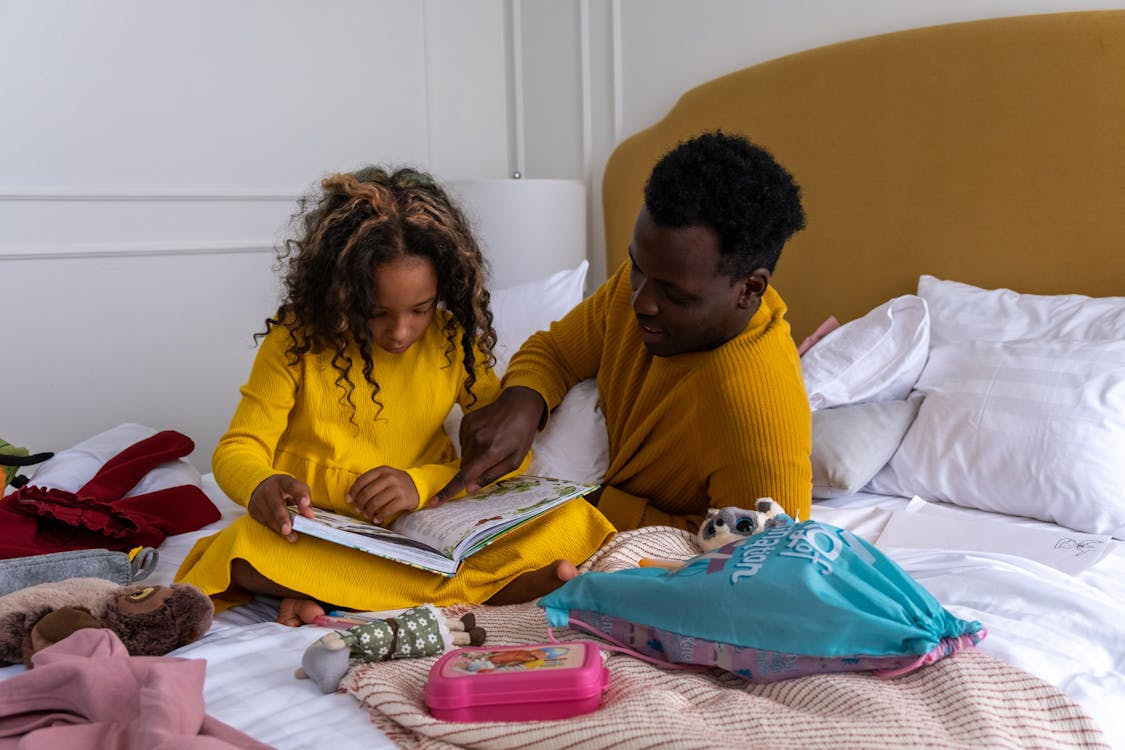
3. Tailoring Instruction to Each Child's Abilities and Interests
Every child is unique, and adapting your teaching approach to fit your child's abilities and interests is important. This can involve modifying assignments or providing extra support when needed. For instance, my son struggles with fine motor skills, so I provide him with larger brushes and thicker pencils to make creating art easier. I also encourage him to explore different art forms that don't require as much dexterity, such as sculpture or collage.
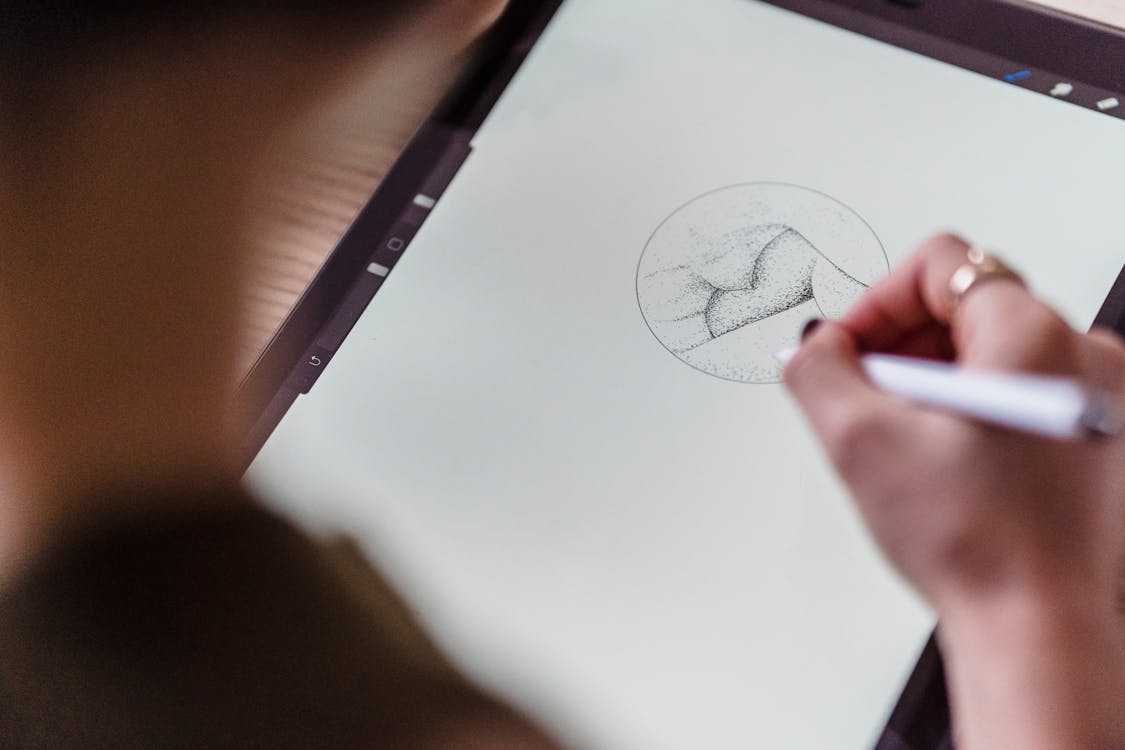
4. Incorporating Diverse Media and Techniques
In order to keep kids engaged and interested in art, it's important to incorporate a variety of media and techniques into your teaching. This can include traditional art supplies as well as digital tools and resources. For example, my son enjoys using a drawing tablet to create digital art. We also explore different art styles, such as abstract, impressionism, and pop art, to expose him to various techniques and approaches.
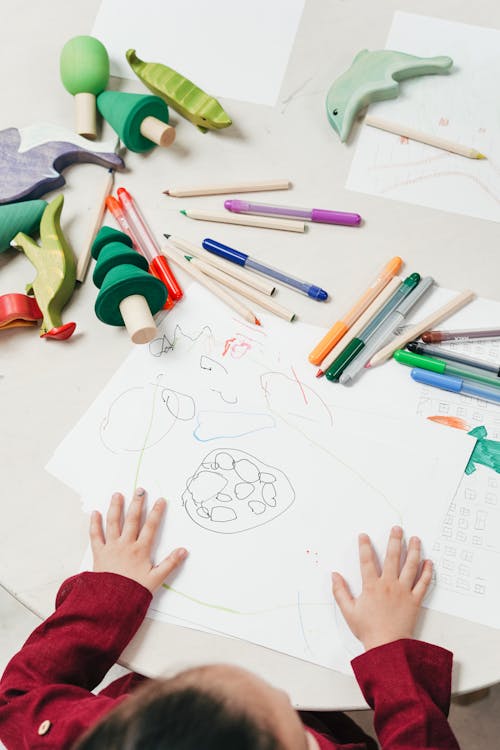
5 . Encouraging Child to Take Risks and Make Mistakes
Art is a process of trial and error, and it's important to encourage children to take risks and make mistakes. This helps them to develop problem-solving skills and learn from their experiences. Avoid focusing too much on the final product, and instead, encourage your child to enjoy the process of creating art. For instance, my son often experiments with different colors and techniques, even if he's not sure if they will work. I praise him for his willingness to try new things and celebrate his successes, no matter how small they may seem.

6. Providing Opportunities for Collaborative Art-making
Collaborative art-making is a great way to foster social skills and teamwork among children. It allows them to work together to create something unique and encourages them to communicate and share ideas. You can set up group projects that involve multiple children working on the same piece of art or have them work together to create a mural or installation. My son enjoys working with his friends to create collaborative pieces, such as large drawings or paintings, to which they can all contribute.
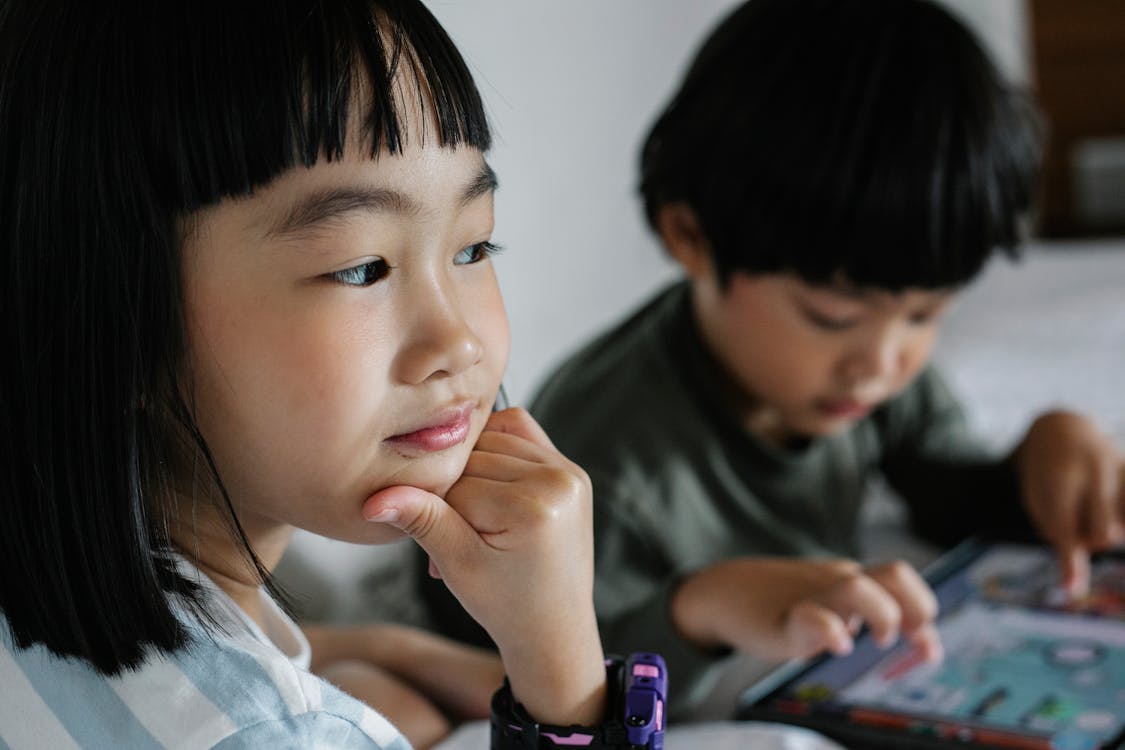
7. Incorporating Art History and Culture Into Lessons
Incorporating art history and culture into art lessons is a great way to expose children to different artistic styles and techniques from around the world. It can also help them to develop an appreciation for the cultural significance of art. You can explore artists like Pablo Picasso or Frida Kahlo and discuss their unique styles and contributions to the art world. You can also introduce different cultural traditions, such as Chinese calligraphy or African mask-making, and have your child create their own interpretations of these art forms. My son loves learning about different cultures and traditions through art, which has helped him develop a more global perspective.

8. Using Positive Reinforcement and Constructive Feedback
Finally, providing kids with positive feedback and encouragement is important to help them develop confidence and self-esteem. Be specific in your praise and highlight what your child did well rather than focusing on what they didn't do. For example, when my son completes a drawing, I make sure to praise him for his use of color or the creative details he included. If he's struggling with a particular aspect of the assignment, I offer constructive feedback and guidance to help him improve.
I hope these tips and suggestions will be helpful to you as you work with your child to develop their artistic skills. Remember that art is a lifelong journey, and it's important to be patient as children progress through different stages of development.
Author Bio
Andrea is currently the head of content management at SpringHive Web Design Company, a digital agency that provides creative web design, social media marketing, email marketing, and search engine optimization services to small businesses and entrepreneurs. She is also a blog contributor at Baby Steps Preschool where she writes storytime themes, parenting tips, and seasonal activities to entertain children.
Keyword: boosts my child's confidence in his abilities
Location: under 5. Boosts Confidence - second sentence
Link: https://nybabysteps.com/blog/how-to-build-confidence-in-kids/
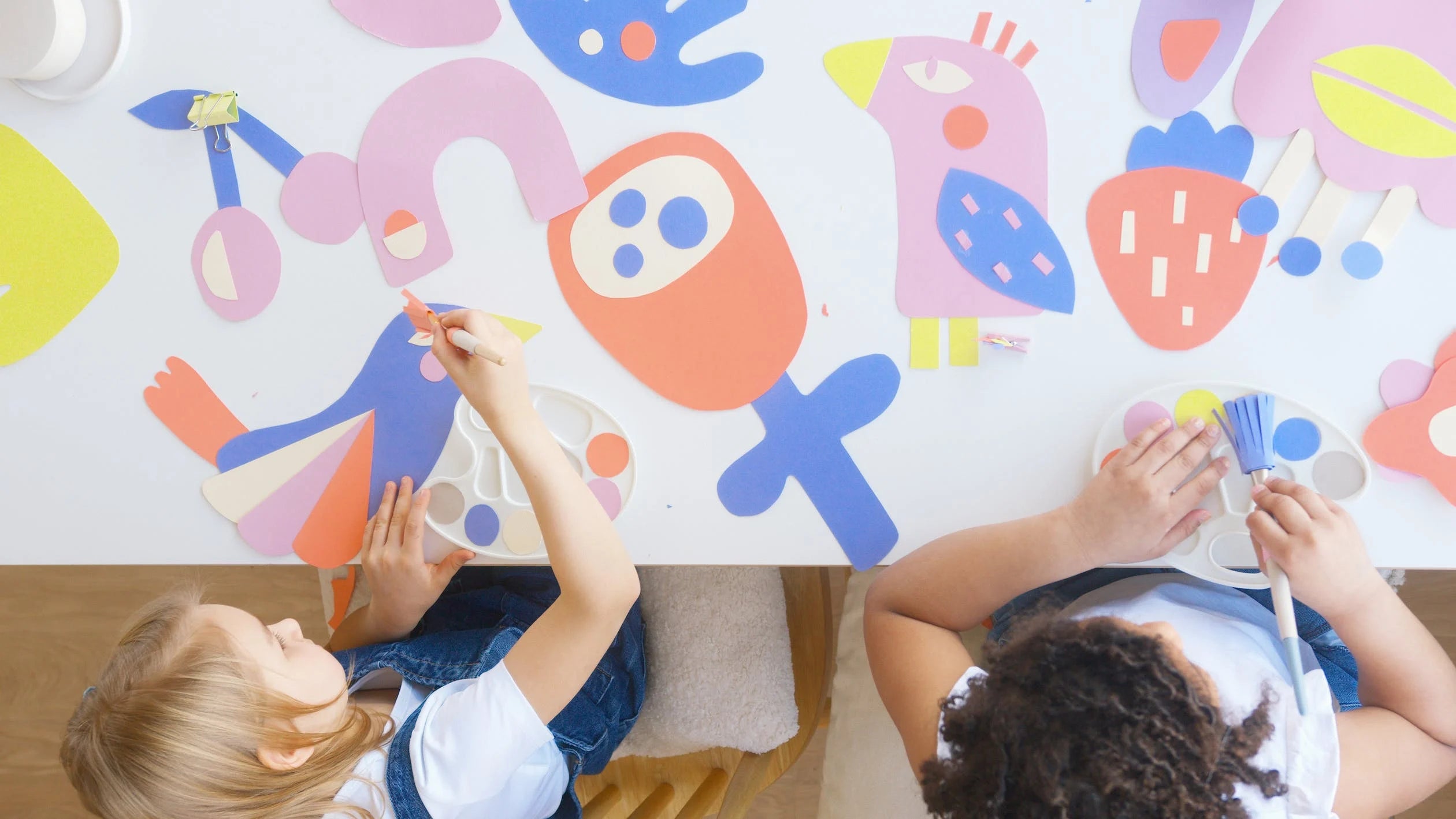
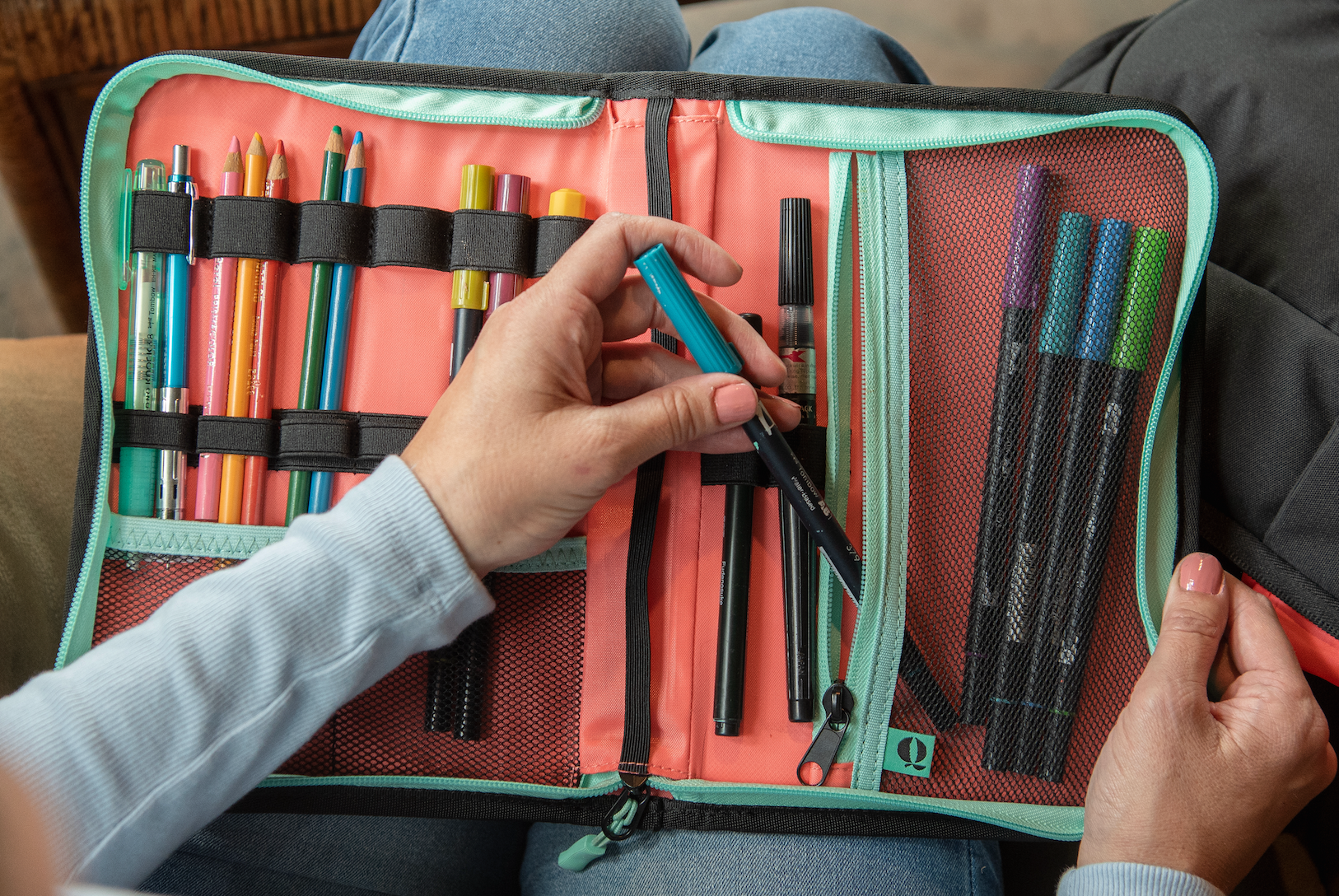



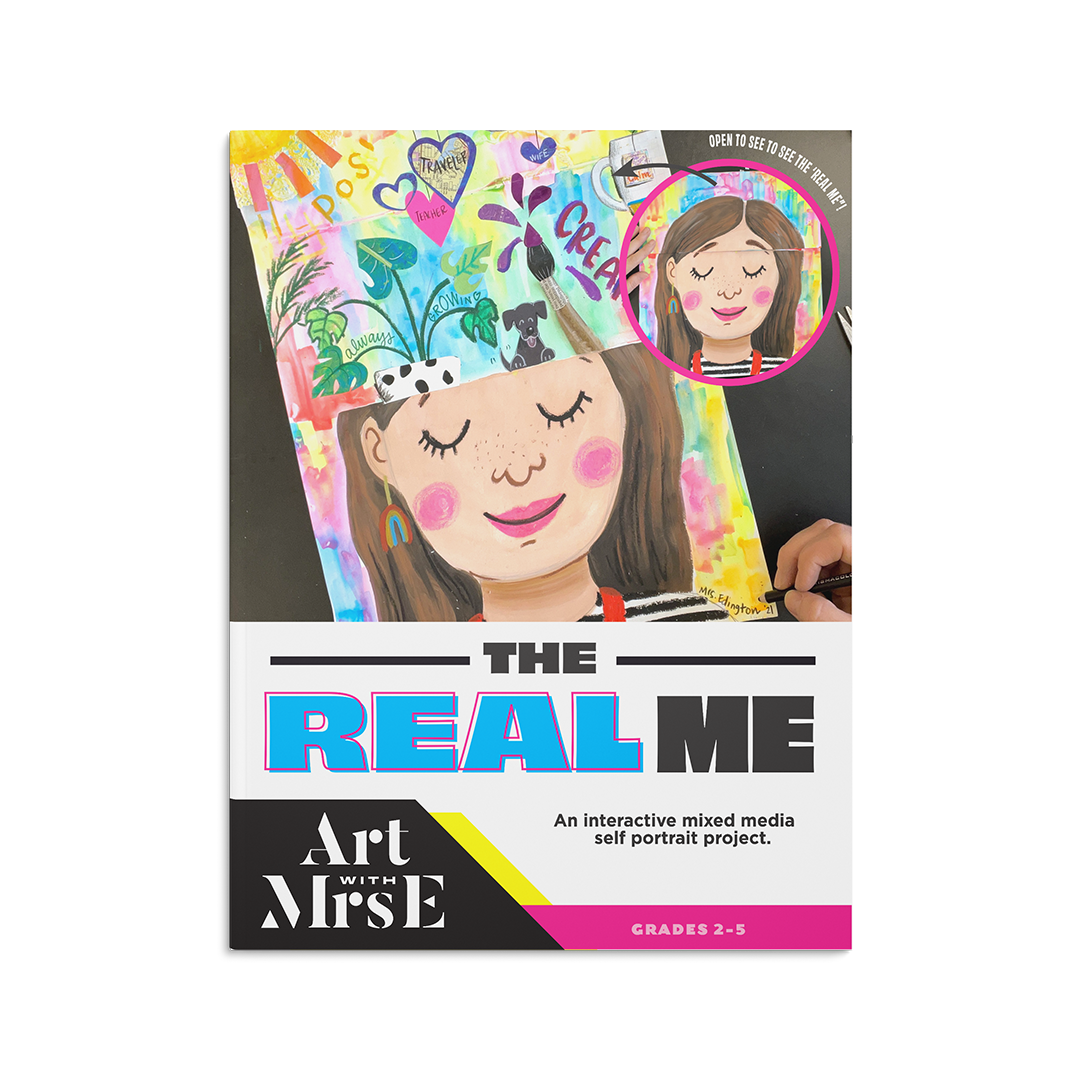

2 comments
Such a wonderful insight into nurturing kids’ creativity! Art truly unlocks their imagination and confidence. Loved the inspiring approach!
This was such an inspiring read! When children are taught art, their creativity is unlocked and their self-expression is boosted. This process has a remarkable effect on the development of confidence and critical thinking skills in students.